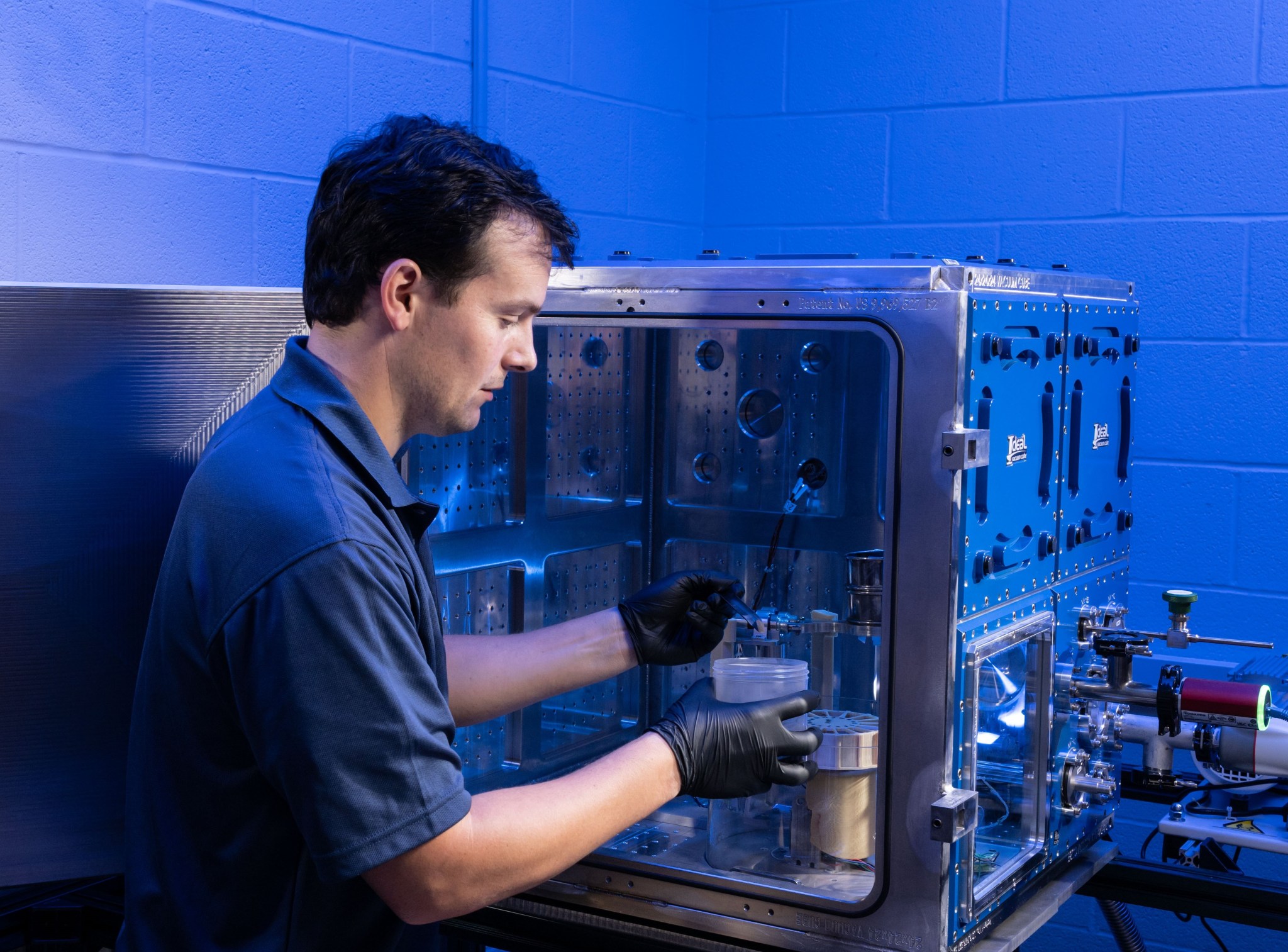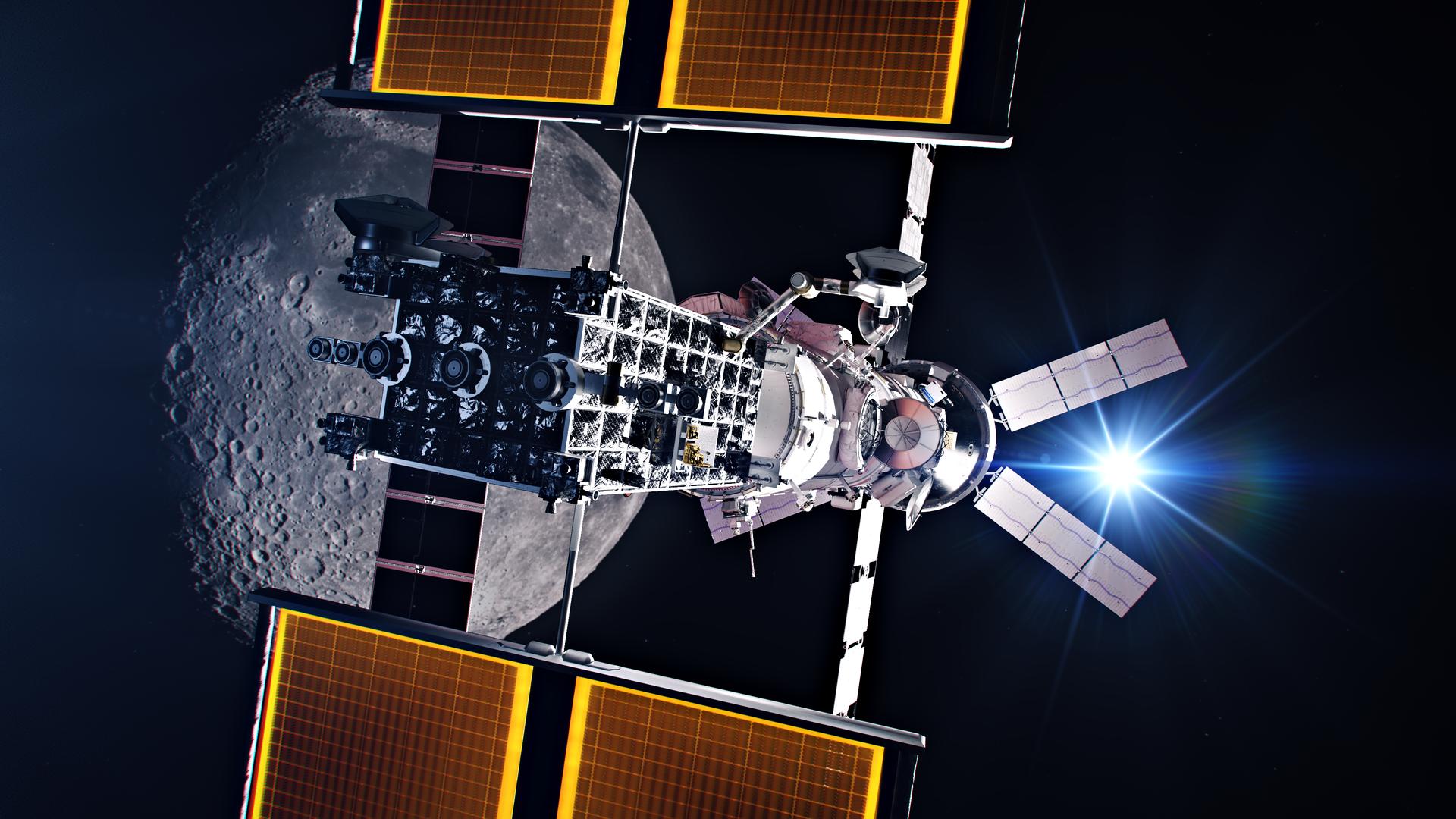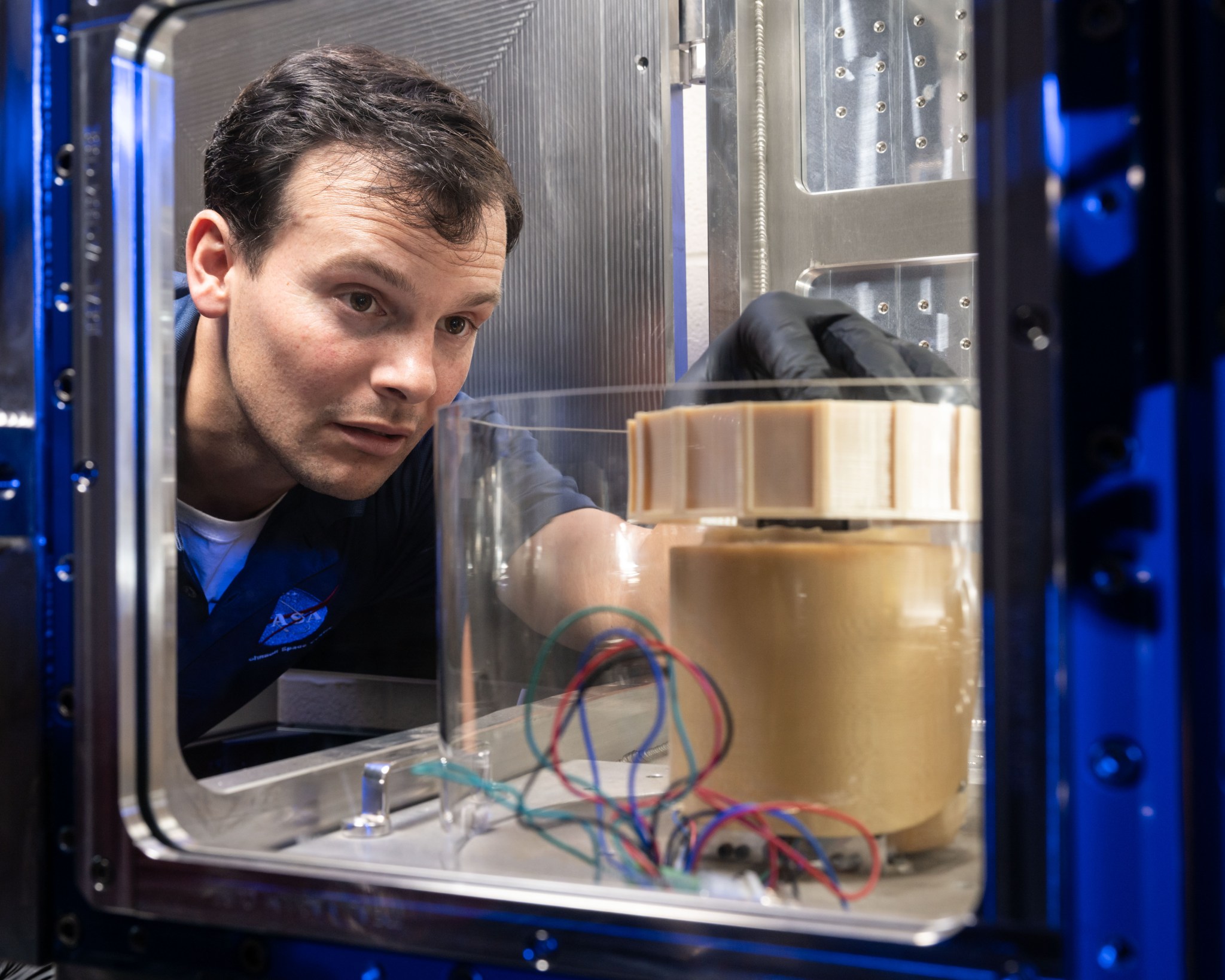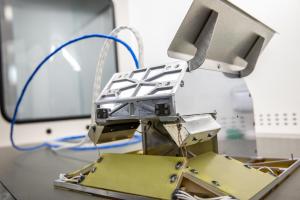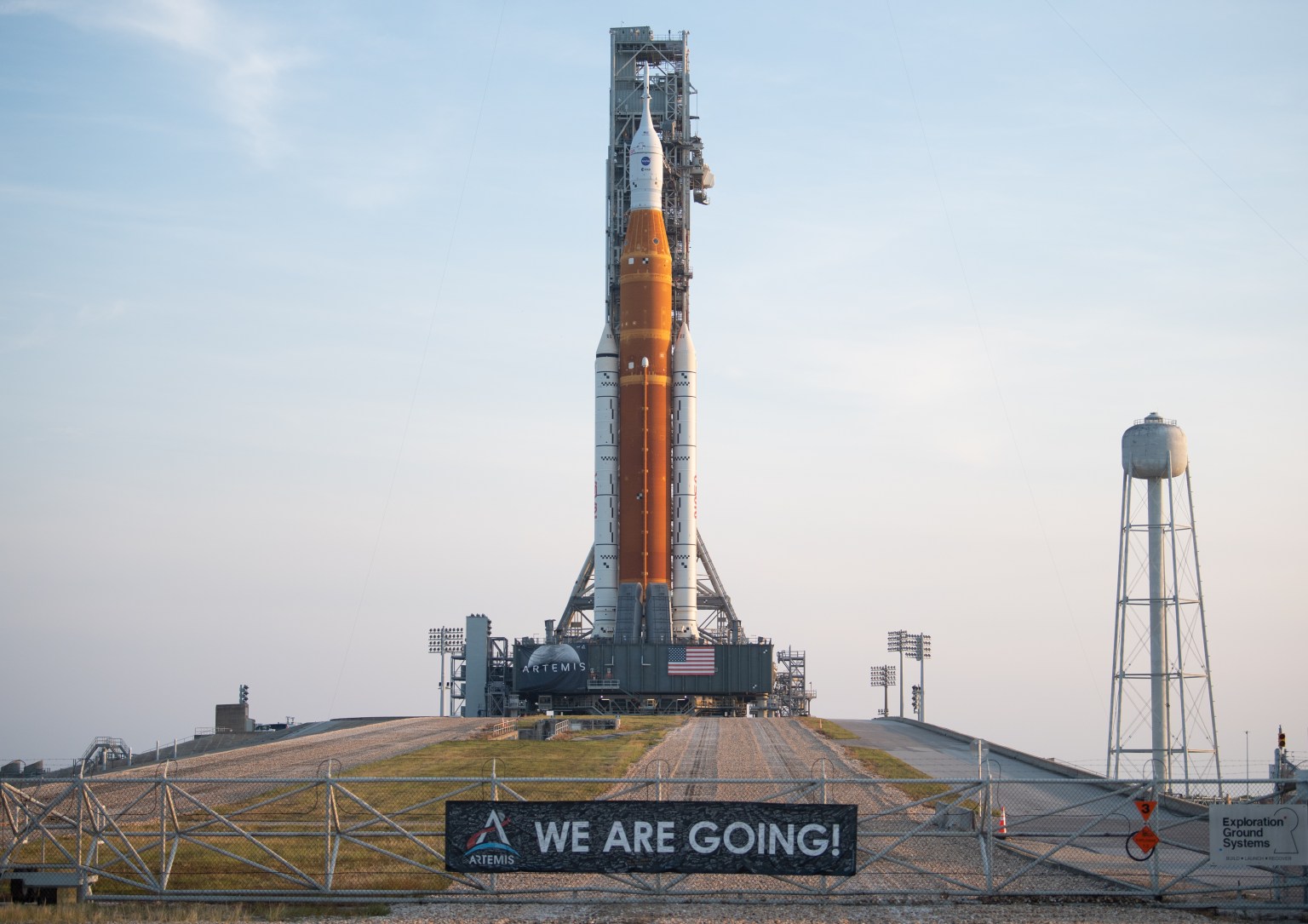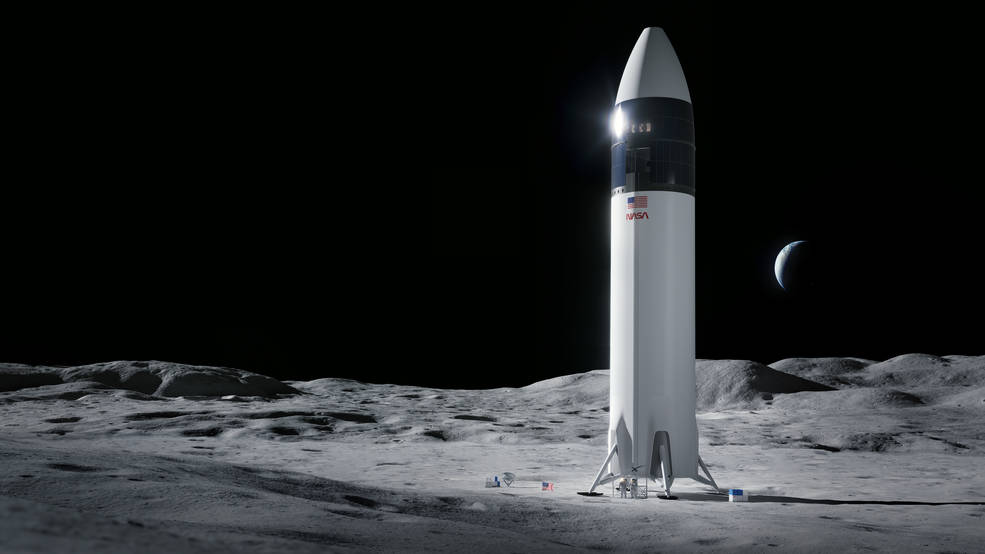

Advanced Modeling Enhances Gateway’s Lunar Dust Defense
NASA/Josh Litofsky
NASA’s Artemis campaign aims to return humans to the Moon, develop a sustainable presence there, and lay the groundwork for the first crewed missions to Mars. As the agency prepares for longer stays on and around the Moon, engineers are working diligently to understand the complex behavior of lunar dust, the sharp, jagged particles that can cling to spacesuits and jam equipment.
Lunar dust has posed a problem since astronauts first encountered it during the Apollo missions. Ahead of more frequent and intense contact with dust, NASA is developing new strategies to protect equipment as astronauts travel between the Moon and spacecraft like Gateway, humanity’s first lunar space station.
Unlike Apollo-era spacecraft that faced lunar dust exposure just once, Gateway will encounter it each time a Human Landing System spacecraft returns to the space station from the lunar South Pole region. Dust could enter Gateway’s environment, risking damage to science instruments, solar arrays, robotic systems, and other important hardware.
Josh Litofsky is the principal investigator and project manager leading a Gateway lunar dust adhesion testing campaign at NASA’s Johnson Space Center in Houston. His team tracks how the dust interacts with materials used to build Gateway.
“The particles are jagged from millions of years of micrometeoroid impacts, sticky due to chemical and electrical forces, and extremely small,” Litofsky said. “Even small amounts of lunar dust can have a big impact on equipment and systems.”
Litofksy’s work seeks to validate the Gateway On-orbit Lunar Dust Modeling and Analysis Program (GOLDMAP), developed by Ronald Lee, also of Johnson Space Center. By considering factors such as the design and configuration of the space station, the materials used, and the unique conditions in lunar orbit, GOLDMAP helps predict how dust may move and settle on Gateway’s external surfaces.
Early GOLDMAP simulations have shown that lunar dust can form clouds around Gateway, with larger particles sticking to surfaces.
The data from these tests and simulations will help NASA safeguard Gateway, to ensure the space station’s longevity during the next era of lunar exploration.
The lessons learned managing lunar dust and other harsh conditions through Gateway and Artemis will prepare NASA and its international partners for missions deeper into the cosmos.
